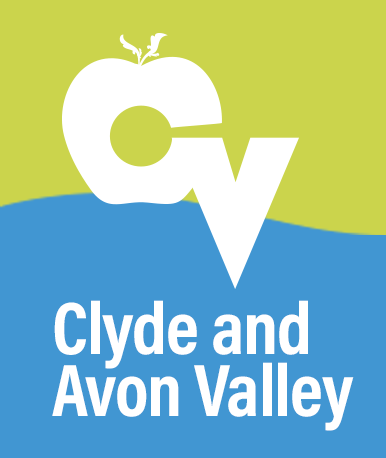Local Landscape Heroes: The Quarries that built Hamilton Palace
Quarrying the archives
This exhibition was created as part of the Investigating the Past project. It was led by CAVLP Heritage, managed by Northlight Heritage, with support from Heritage Lottery Fund and LEADER supported Clyde and Avon Valley Landscape Partnership (CAVLP) and Historic Environment Scotland.Clyde and Avon Valley Landscape Project volunteer Kenneth Tomory has been hard at work looking into the history of the Hamilton Estates. One of the topics he explored was the quarrying of stone for the construction of the north front of Hamilton Palace.
Hamilton Palace was originally built in 1695. Additions were made to the Palace throughout the generations and the Palace eventually became known as one of the largest non-royal residences in Britain, if not Europe. The 5th Duke James (1703-43), commissioned plans for the expansion of the north façade of the Palace, which were drawn up by architect William Adam around 1730. These plans were put on hold and finally redeveloped for the 10thDuke Alexander (1767-1852), around 1820 by architect David Hamilton.
Kenneth noticed the grand focus of the Hamilton Palace façade was the stunning columns of solid stone, towering 25ft high. This inspired him to look into where the stone for the construction of these columns was sourced.
Kenneth said, “Checking the Guides to Hamilton and the Archives, of Hamilton Palace, at the Hamilton library, I traced a report on the construction activities (copied from the library archives).Gowston was mentioned as the source of 15,000 tons of stone for the main walls, (requiring over 12,000 horse journeys, over 10 years) and another quarry, at Dalpatrick in Dalserf, was mentioned for the source of the columns.”
Setting out on foot, Kenneth traced the quarries and parts of their routes to the Palace. Dalpatrick was easily located near to the village of Rosebank in the Clyde Valley, Gowston, however, was more challenging. Eventually, he located the quarry near Park Burn, close to Bothwell Bridge after discovering it was also known as Gow’s Linn.
During April a site visit to the quarries was arranged with a team of volunteer field archaeologists and Dr Paul Murtagh of CAVLP Heritage. On-site the team was able to take measurements of the quarry and photograph the traces left behind such as the cut face of the quarry and the access roads.
Kenneth continued his research in the archives of the Hamilton Town House Library and has since expanded his research from the quarries to the records of Hamilton Palace and the Hamilton Estates from the 1770s to the 1920s. You can see the poster summarising Kenneth’s fantastic research into the quarries that built Hamilton Palace below:

This exhibition was created as part of the Local Landscape Heroes project. The project was led by CAVLP Heritage, managed by Northlight Heritage, with support from Heritage Lottery Fund and LEADER supported Clyde and Avon Valley Landscape Partnership (CAVLP) and Historic Environment Scotland.

